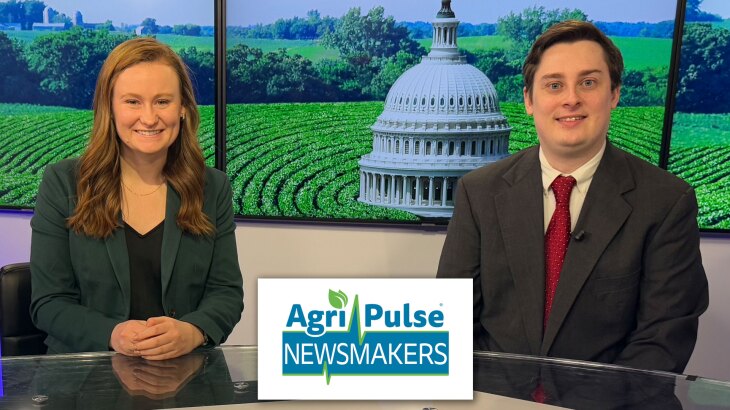Milk is categorized into grades and classes based on its intended use and quality standards. But what’s the difference, and why do they matter?
What is a Milk Grade?
Milk grades denote the quality of the milk product and its suitability for either consumption or use in manufactured products like butter and cheese. There are two primary grades of milk: A, B, and AA.
- Grade A: The highest grade, suitable for direct consumption as fluid milk. It meets stringent health and sanitation standards. Grade A milk is the only type sold as fluid milk for direct consumption.
- Grade B: Used for manufacturing products like cheese, butter, and dry milk powder. It does not meet the same quality standards as Grade A.
- Grade AA: This applies specifically to milk used for butter production. While Grade B milk can also be used for butter production, Grade AA is the highest grade for butter based on flavor, quality, and texture.
What is a Milk Class? What’s the difference between milk Classes I-IV?
The Federal Milk Order System uses four classes to categorize milk based on its end use rather than quality. These classes are often included in dairy market reports, but what is the difference between each of the four classes?
CoBank dairy economist Corey Geiger shares an easy way to remember the difference between different classes of milk products:
- Class I: “Class I is beverage milk, it’s what you drink,” Geiger says.
- Class II: “Class II is all the soft products,” he explains. “Think: ice cream, yogurt. Cottage cheese would [also] be in there because it’s a softer cheese, and the creamers that you see in coffee.”
- Class III: “Class III is the largest class of milk, and it includes cheese and whey,” Geiger explains. “I always tell people we think of a nursery rhyme, ‘Miss Tuffett sat on her muffin, eating her curds and whey.’ Curds and whey are all of Class III.”
- Class IV: “Class IV is butter and dry milk powders. Dry milk powders and non-fat dry milk are a key export. We export the product throughout the countries around the world, so those are Class III and IV.”
Geiger says Class 4 saw a big jump last year. Butter production was also the highest it has been in 77 years.















